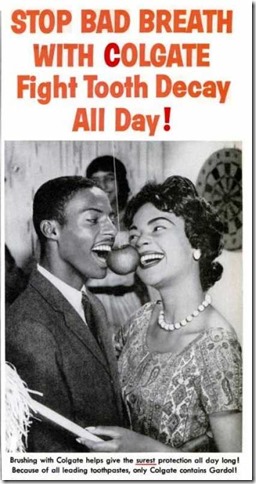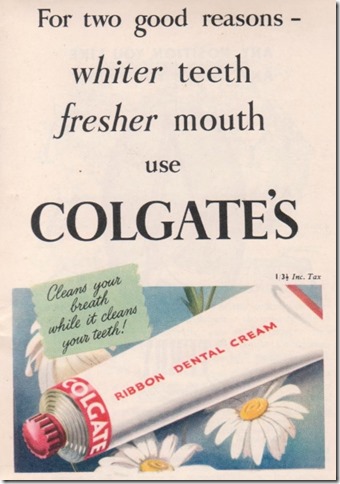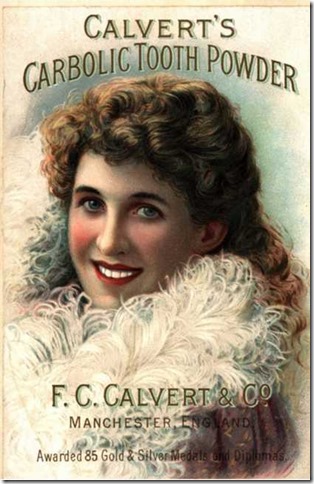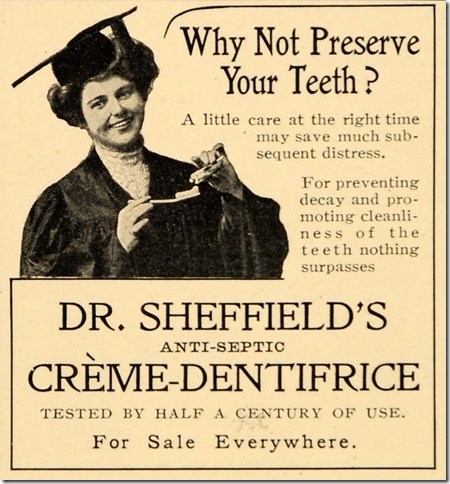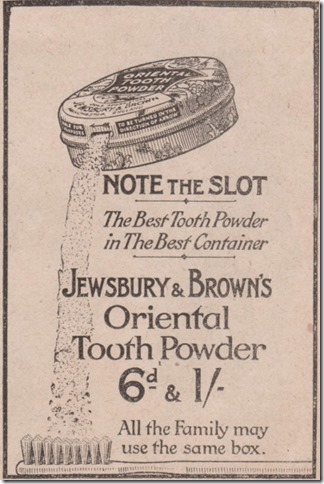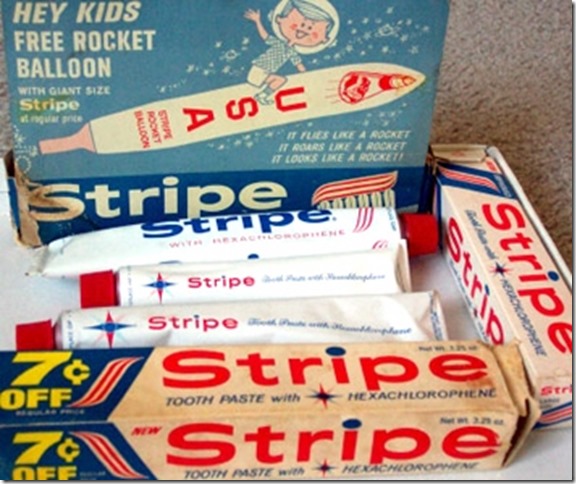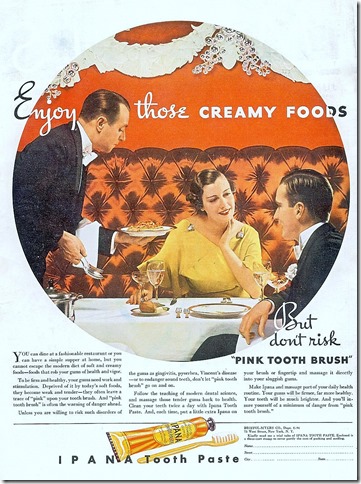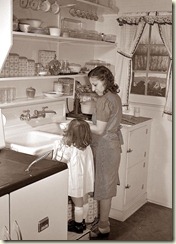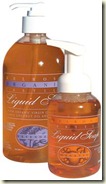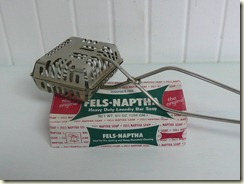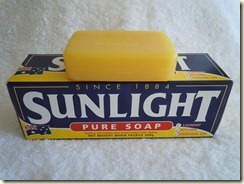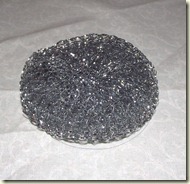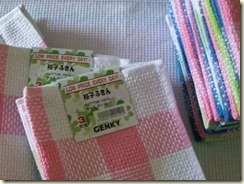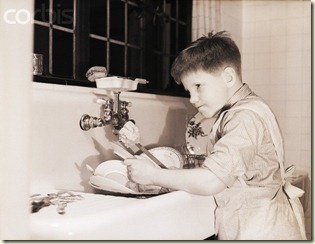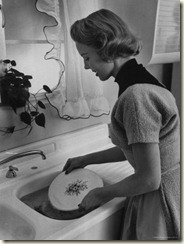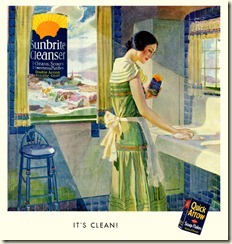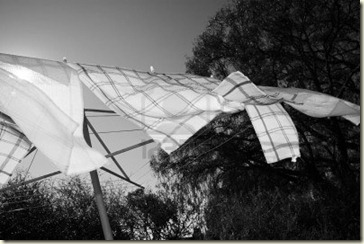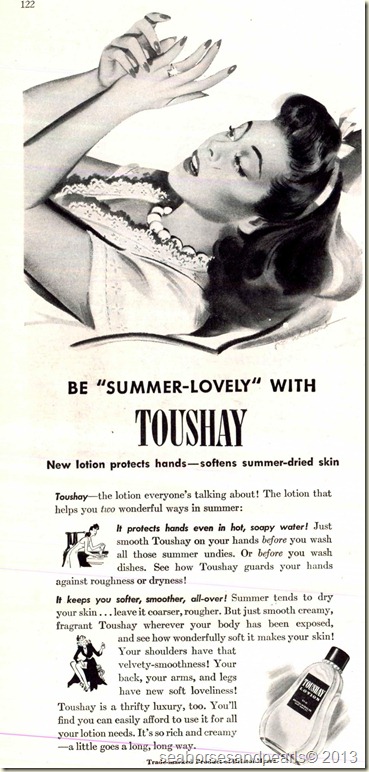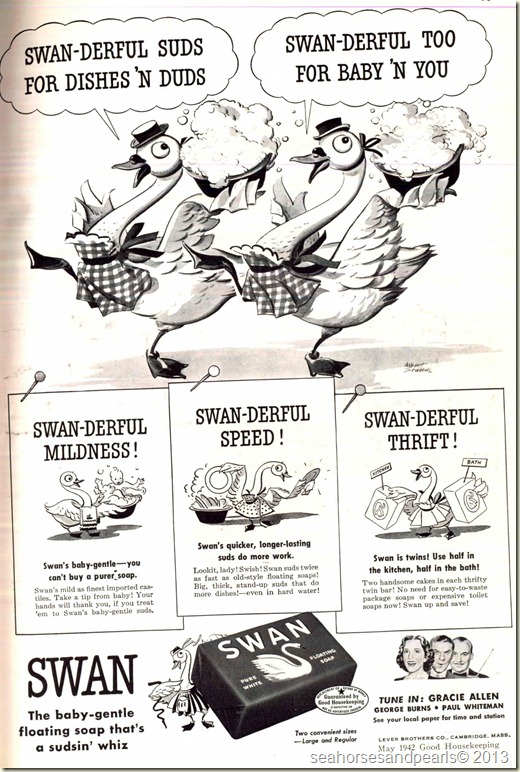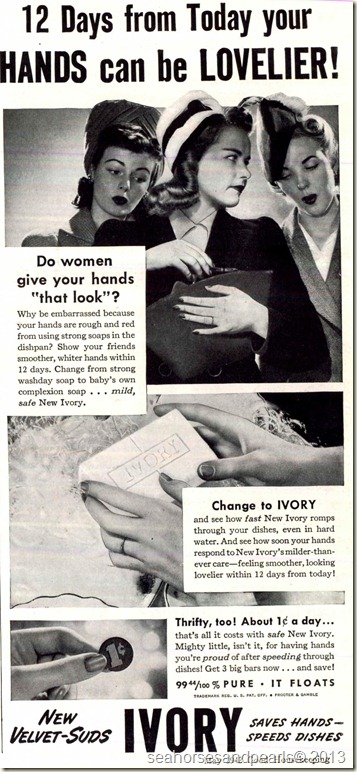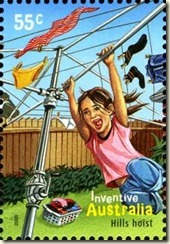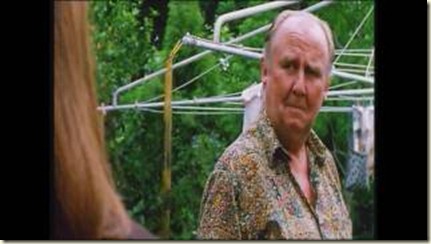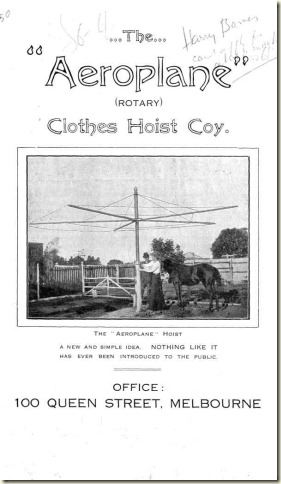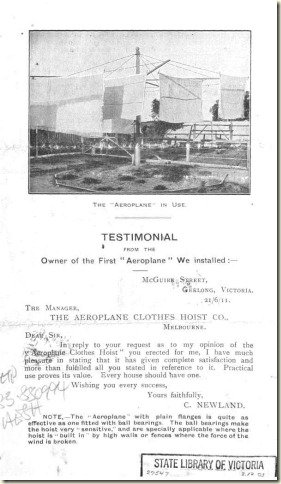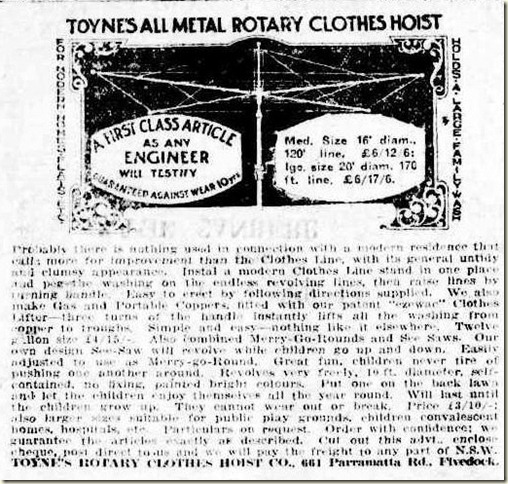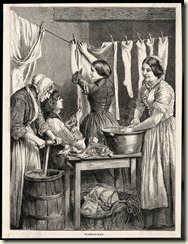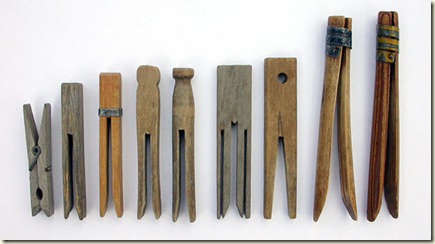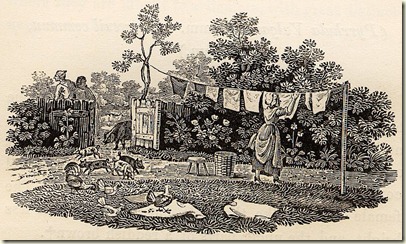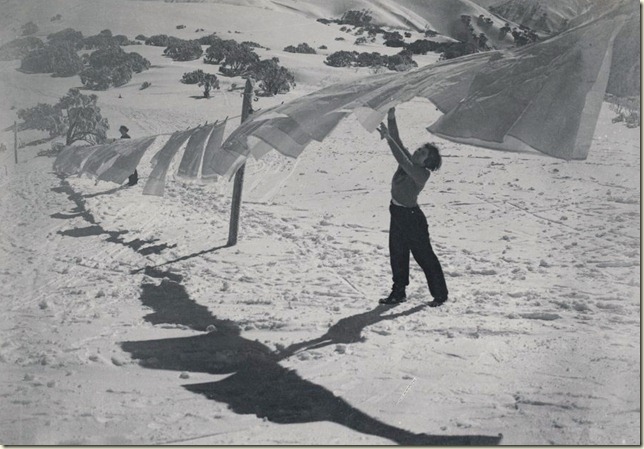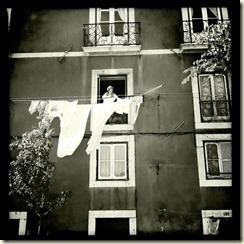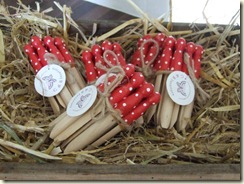No, not literally, but read on....
Sunlight was the world's first packaged, branded laundry soap, originally produced by the
British company
Lever Brothers in 1886. The soap formula was invented by chemist William Hough Watson, and used glycerine and vegetable oils such as palm oil rather than animal fats. It was designed for washing clothes and general household use, and unlike other soaps of the day was cut into bars and wrapped, which saved women the job of cutting it themselves.
Brothers
William and
James Lever invested in Watson's soap invention, although James Lever became ill and did not stay in the business long. They began advertising in the same way as Pears Soap did, with paintings by prominent artists of the day being used.
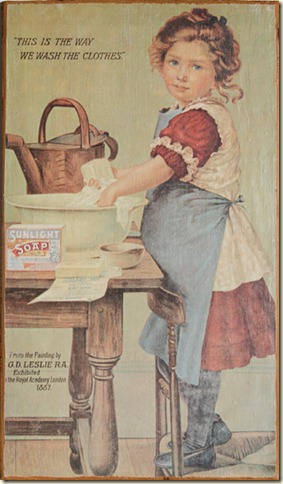 |
| Sunlight Poster ad, 1887 |
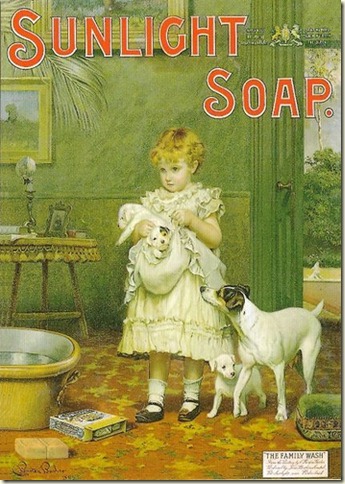 |
| Sunlight Soap ad, The family wash, c. 1900 |
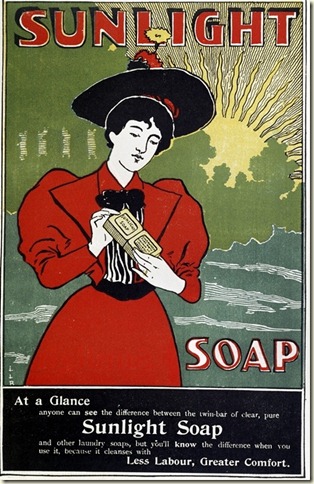 |
| Sunlight Soap ad, c. 1900 |
William Lever reportedly made this witty quote about advertising, "I know half my advertising isn't working, I just don't know which half."
Despite their mad idea of a a monopoly soap trust in 1906, which thankfully didn’t work, Lever Brothers were very successful (they also developed Lux soap, and the company is now Unilever). In 1888 the company began building a village to house their factory workers – named Port Sunlight after the success of the soap. The factory and village were built on 56 acres of land in Cheshire, south of the
River Mersey and near the railway line and actual port. In this progressive "planned community" 800 houses were built to house a population of 3,500 workers and their families. Each block of houses was designed by a different architect, with the Garden village’ atmosphere was influenced by he
Arts and Crafts Movement, and its leader, William Morris.
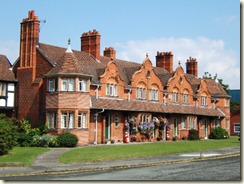 |
| One block of houses at Port Sunlight |
There were allotments for vegetable growing, an Art Gallery, cottage hospital, schools, a concert hall, swimming pool, church, and a hotel (that didn’t serve alcohol). The aim of the village was "to socialise and Christianise business relations and get back to that close family brotherhood that existed in the good old days of hand labour." Without alcohol of course. Maybe slightly controlling and big brother- ish? The Village still exists, with many of the homes now privately owned.
 |
| Brochure about Port Sunlight |
Sadly Lever’s good works for his employees in England did not match those for his employees in the Belgian Congo, where he sourced the palm oil used in his soaps. Lever helped set up a system of forced labour, a program that reduced the population of Congo by half and accounted for more deaths than the Nazi holocaust. The practise of forced labour continued until the Congo gained independence in 1960.
Sunlight’s formula eventually changed, and it now uses mainly coconut oil and tallow rather than palm oil, plus a few secret synthetic
ingredients. It comes in a box of 4 cakes for about $3.35 Australian, so it is still good value (although I just bought a generic version on special for $1.99, usually $2.57).
One day I will make my own soap. I have a few easy recipes I have saved over the years for soap made with vegetable oil, which sounds much nicer to me than using animal fat. I just need to find somewhere to buy caustic soda - sounds harsh but apparently it gets neutralised in the mixture. I'll keep you updated.
If I were a soap maker I could have great ads too. I think something like this, from about 1880.
What do you think - too subtle?!
As usual, more images on
tumblr.
Deb xxx
